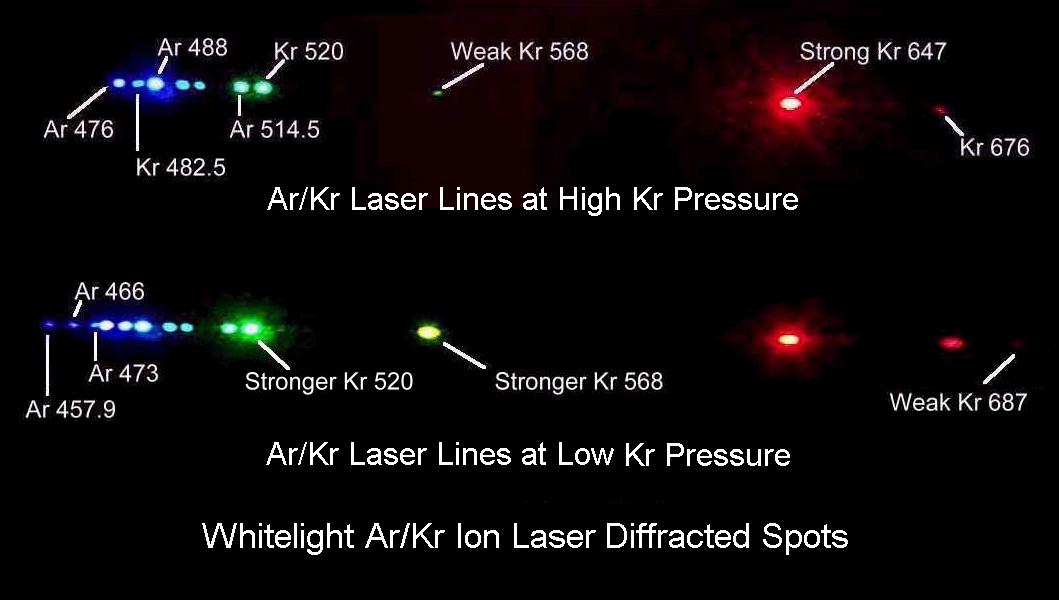- Joined
- Apr 27, 2016
- Messages
- 16
- Points
- 0
Hello everyone, I've been quite interested in lasers lately, and I've been reading up on how they work, but there's just one thing I don't understand:
I get that atoms require a certain wavelength to stimulate photons, but what I don't understand is why it wouldn't work the same with a regular light in mirrors, but just take longer and why monochromatic is so important.
If a regular power source caused enough photons to be created, when they bounce off the mirrors, there should be enough of the wavelengths (and even multiple wavelengths) that are capable of stimulating the other atoms. I would think it only requires one photon of the right wavelength to cause a cascading effect of stimulated photons. So you would essentially have a laser of a few different colors (the colors that are capable of stimulating atoms to give off photons) instead of one.
Clearly I'm missing something, but I just don't see it. Please help.
I get that atoms require a certain wavelength to stimulate photons, but what I don't understand is why it wouldn't work the same with a regular light in mirrors, but just take longer and why monochromatic is so important.
If a regular power source caused enough photons to be created, when they bounce off the mirrors, there should be enough of the wavelengths (and even multiple wavelengths) that are capable of stimulating the other atoms. I would think it only requires one photon of the right wavelength to cause a cascading effect of stimulated photons. So you would essentially have a laser of a few different colors (the colors that are capable of stimulating atoms to give off photons) instead of one.
Clearly I'm missing something, but I just don't see it. Please help.
Last edited:







